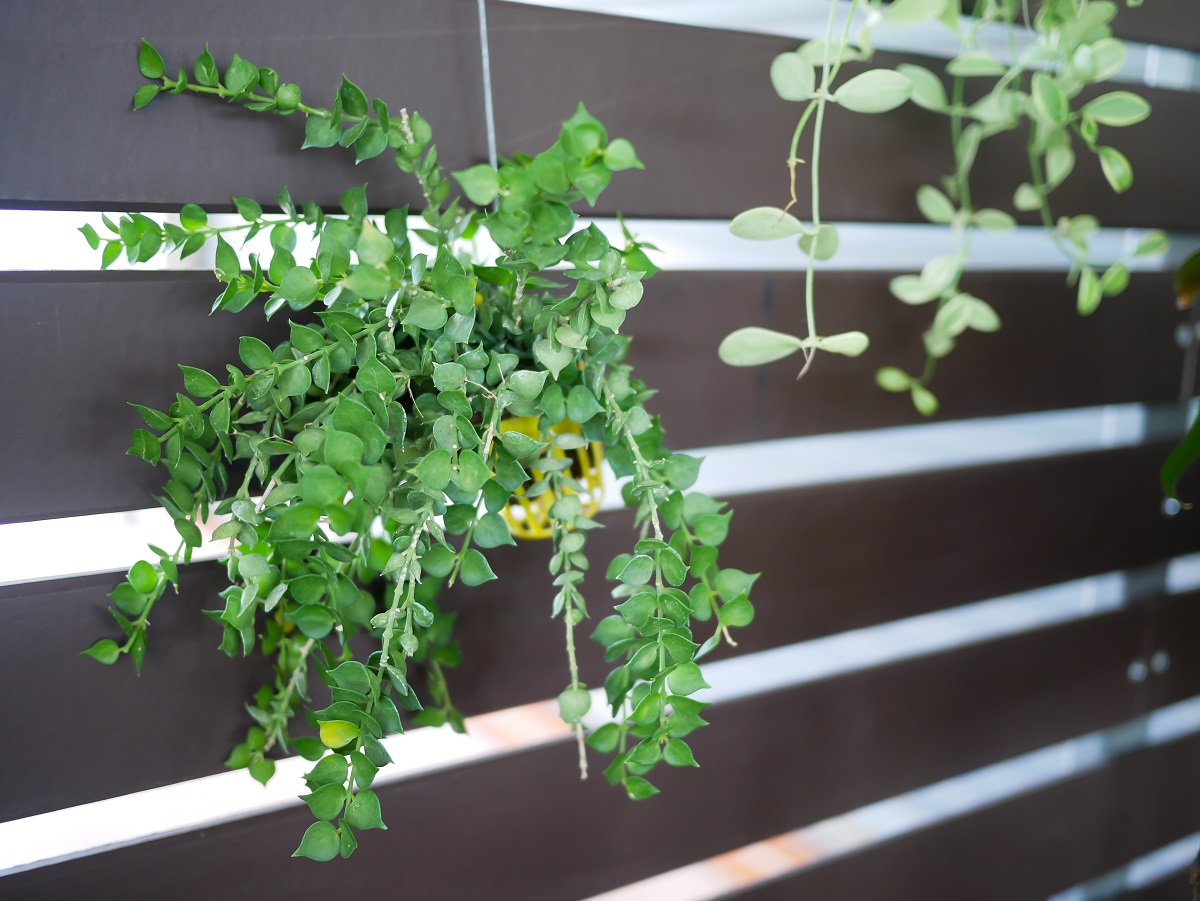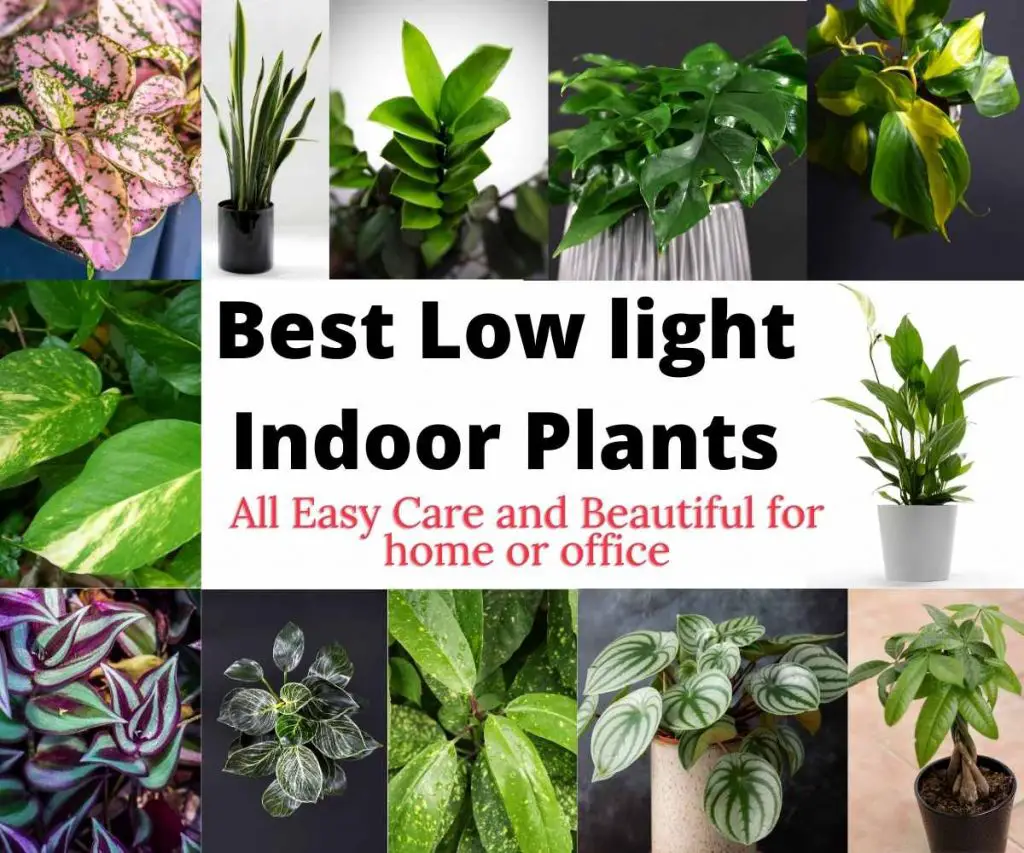


If your plant is in a corner, this is even more important. Slightly rotating your plants every month will help encourage even growth. It's important to catch pests early before they get out of control or spread to other plants. Similar to any plant, always check monthly for pests. Plants in corners and on shelves may be prone to more dust, which can affect the little amount of light that the plant is getting. Many plants need to dry out between waterings, and this can be hard to monitor in shaded areas. Less natural light for the plant also means less light and solar heat to dry out the soil. That said, it is important to note that just because a plant can tolerate low-light levels does not mean that it doesn't want light or that it does not require just as much care, according to plant pro Cara Anderson.Īnderson lists a few suggestions to know before placing plants in low-light areas. Low-light plants are great solutions for spaces that do not have an abundance of natural light. But that doesn't mean you have to give up indoor plants for good the key is just choosing plants that do well in a low-light environment. Not everyone has the luxury of living in a space that basks in natural light-and you may have one too many dead plants to prove that.


 0 kommentar(er)
0 kommentar(er)
